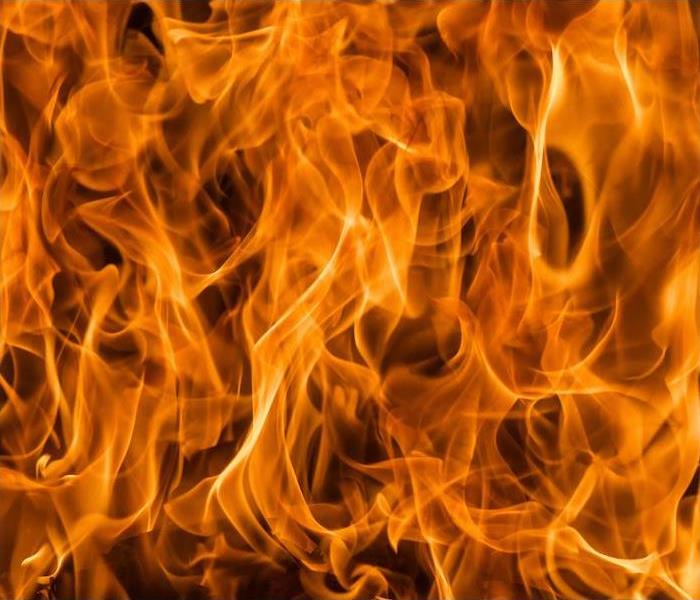What to Know About the 5 Classes of Fire | SERVPRO® of Washington County
7/22/2021 (Permalink)
 If a fire should break out in your home or workplace, SERVPRO of Washington County is here to help you fully restore your property.
If a fire should break out in your home or workplace, SERVPRO of Washington County is here to help you fully restore your property.
Saturday morning cartoons may have taught us that water is always the answer for stopping a fire, but that’s dangerously inaccurate.
There are many ways fires start, but really only a few ways they get extinguished. Fire can be divided into five distinct types, each with its own solution.
The Types of Fire
Fires are classified by five types: classes A, B, C, D and you guessed it…oh wait, the last one’s K? Alright, you probably didn’t guess it.
Class A Fires are probably what you think of first—fires involving solid materials. This would be a fire fueled by wood, plastic, rubber material or fibers. Class A fires are the easiest to extinguish with water or a foam fire extinguisher.
Class B Fires are started by the ignition of combustible liquids or gases. This would include butane or propane, as well as liquids like gasoline, alcohol and tar. Water doesn’t safely put these fires out—it actually spreads the fuel source and makes the fire bigger. These fires have to be starved of oxygen with foam, powder or CO2 extinguishers.
Class C Fires are electrical in nature, and could stem from electronic devices like computers, motors or appliances. The key to these fires is that they are only Class C while connected to electricity, in which case neither water nor foam are safe to extinguish them. If they can be disconnected from the electrical source, then they can be treated as a Class A fire.
Class D Fires are fires caused by certain metals that are highly combustible, such as magnesium or lithium. These fires can become highly explosive if exposed to water, so dry powder extinguishers must be used to stop them.
Class K Fires are kitchen fires (hence the “K” designation), involving grease or cooking oils you might find in a deep fryer or commercial kitchen setting. These fires require a special chemical extinguisher, which reacts specifically with the makeup of the oils to create a molecular blanket that smothers the fire.
If you’re using a handheld extinguisher, the PASS method works for all fire types:
Pull the pin.
Aim low, at the base of the fire.
Squeeze the handle.
Sweep the nozzle side to side.
If a fire should break out in your home or workplace, SERVPRO is here to help you fully recover your property. Get in touch today to find out how we can help.






 24/7 Emergency Service
24/7 Emergency Service